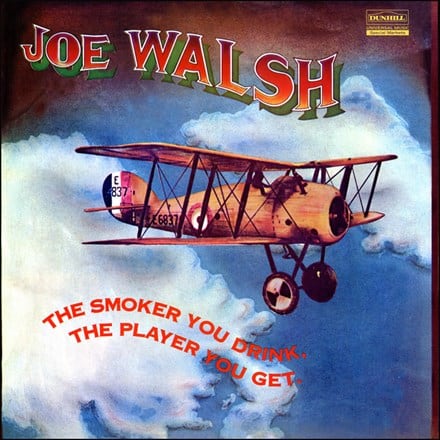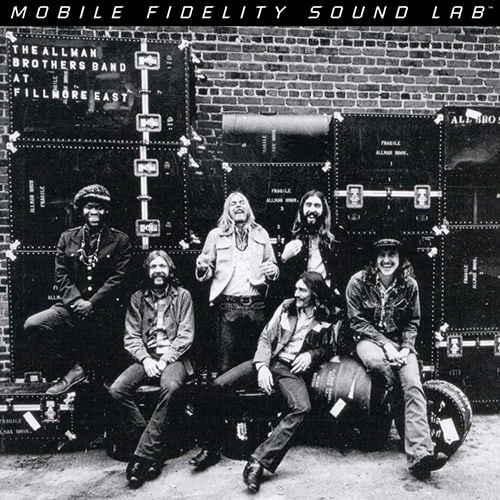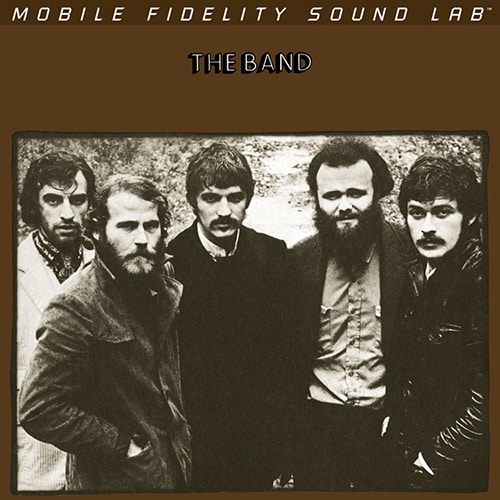Marketplace
2017 Rhino Records PRESSING
- Catalog Number R1 557605
- Release Year 2017
- Vinyl Mastering Engineer Kevin Gray and Steve Hoffman (Tres Hombres and Fandango); Chris Bellman (ZZ Top’s First Album, Rio Grande Mud, and Tejas)
- Pressing Weight 180g
- # of Disks 5
- Box Set Yes
- Jacket Style Other
When listening to this album I think of this band or music:
Jimmy Reed, John Lee Hooker, Howlin’ Wolf, Jimmie Rodgers, Jerry Lee Lewis, Elvis Presley, the Allman Brothers Band, and the Jimi Hendrix Experience.
Music from this album would be a great soundtrack to this movie:
It’d have to be a road picture with lots of fast cars and sketchy bars, plus a twisted love story. The box set would also function as a goldmine for future episodes of “Better Call Saul.”
Discussing the discography of Southern blues-rock legends ZZ Top is like talking about barbecue joints. Everybody’s got an opinion and you better be careful what you say. Most reasonable people can agree on a list that includes at least one of their favorites. That’s a good way of looking at Cinco: The First Five LPs, a box set containing reissues of the band’s output from 1971 to 1976. It serves as an aural smorgasbord of choice vinyl slabs, each dripping with shuffle and boogie that made the Texas trio famous.
ZZ Top’s First Album remains an often-overlooked sonic jewel. The clean and straightforward approach of producer Bill Ham (who helmed all of the discs in this box) results in a stripped-down power-trio record that opens big and fills a room with more energy than practically anything from the period. It’s easy to hear the significance of lead guitarist/singer Billy Gibbons’ tenure in the Moving Sidewalks, a group that opened for the Jimi Hendrix Experience in 1968. Cuts like “Brown Sugar” highlight ZZ Top’s ability to entertain with little more than twelve-bar fundamentals. The lacquer for the reissue was cut by Chris Bellman. His version matches the midrange and low-frequency impact of the London U.S. original—if you boost the volume by a couple of decibels. An SPL meter confirms the London cut is louder than the remaster. Once the volume gets adjusted, Bellman’s version pulls ahead of the impressive-sounding original by reducing some of the grain and sibilance that make listening at louder volumes a tad fatiguing. Anyone who’s only heard a CD or digital version of the album will doubtlessly be impressed by how warm and dynamic both LPs sound.
As soon as the needle drops on Rio Grande Mud, it’s obvious bassist Dusty Hill and drummer Frank Beard had kicked things into a higher gear—and that Gibbons pushed the songwriting envelope. Unfortunately, it’s also clear the sonic presentation doesn’t equal the weight and force of the band’s debut. A noticeable thinness overshadows the proceedings. Tracks like “Ko Ko Blue” and “Bar-B-Q” provide a hint of the hard-driving boogie to come on subsequent albums, but other songs (“Chevrolet”) feel lackluster. Bellman’s lacquer cuts hit pay dirt again. By removing some of the original pressing’s harshness, he makes the colder-sounding Rio Grande Mud more inviting.
With the help of newly hired Memphis-based engineer Terry Manning, ZZ Top managed to produce a trademark sound on Tres Hombres. By over-dubbing Gibbons’ ‘59 Les Paul and ‘55 Stratocaster leads that were played through overdriven Marshall Super Lead head amplifiers, and beefing up the chugging pulse of Hill and Beard’s airtight rhythms, the team built a hypnotic backdrop for its collection of greasy, gritty, street-level snapshots of people just trying to make it through another day. “Waiting on the Bus” and the seamless segue to “Jesus Just Left Chicago” stand among the finest amalgamations of blues, boogie, and Southern rock on record. Kevin Gray and Steve Hoffman’s remaster does no harm. Compared to the London original mastered by Sam Feldman at Bell Sound, the reissue deepens Hill’s bass lines and gives extra punch to Beard’s kick drums. Gibbons’ guitars feature less bite but are given more breathing room. Which edition you’ll prefer will likely depend on your playback system and taste.
Listening to Fandango, it’s easy to second guess the band’s decision to release an album that’s neither a complete studio effort nor a full-blown live LP. Studio tracks like “Tush” comprise a worthy follow-up to Tres Hombres, but side one proves mixed. While it seemed a noble idea to record the concerts of a trio famous for its live performances, the disc doesn’t capture the band’s onstage magic—partly because the performances are nearly buried in crowd noise and venue ambience. Gray and Hoffman’s remaster sounds darker and a bit softer when compared to Bob Ludwig’s original London cut. While Hill and Beard’s instruments are more present on the remaster, the tube sound of Gibbons’ amplifiers on a track like “Blue Jean” lack the natural tone and texture heard on the Ludwig edition.
For 1976’s Tejas, Gibbons shaves off some of the fuzz from his Gibson/Marshall sound and slaps the audience with extra Fender twang. While the approach feels refreshing on “It’s Only Love,” the pace gets interrupted by a few awkward, what-were-they-thinking moments (“Snappy Kakkie”). Hill and Beard slow down the motion on a number of tracks, and the songwriting reflects a seedy western outlaw flavor. Sexual innuendo and party vibes that came across as good-natured fun on previous albums begin to feel tired. The humor on “Arrested for Driving While Blind” falls flat and “She’s a Heart Breaker” sounds tossed off. Chris Bellman’s cut of the remaster stands tall next to the London original. The main differences pertain to more air around instruments and less grain on the remaster. As with the Bellman’s remaster of ZZ Top’s First Album, boosting the volume reveals how much better the new edition sounds.
Cinco: The First Five LPs comes packaged in a sturdy tip-on cardboard case that pays homage to the sequined Nudie suits the band donned during the period. Each album’s cover looks identical to that of the original and the RTI-pressed 180-gram LPs are all quiet and ruler flat. While an accompanying extras booklet would’ve been nice, the bulk of the budget went where it belongs—the music. Retailing for under $115, it constitutes a bargain.
Cinco: The First Five LPs


 4.5
4.5


